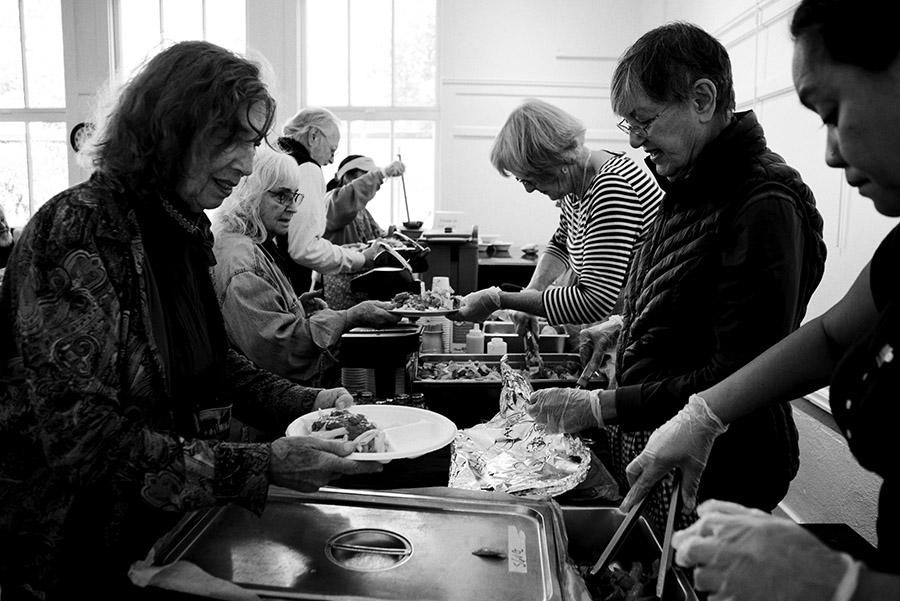The San Geronimo Valley Community Center is marking its 50th anniversary with a celebration that will pack everything the center does into one event . . .
San Geronimo Valley center celebrates golden anniversary


The San Geronimo Valley Community Center is marking its 50th anniversary with a celebration that will pack everything the center does into one event . . .